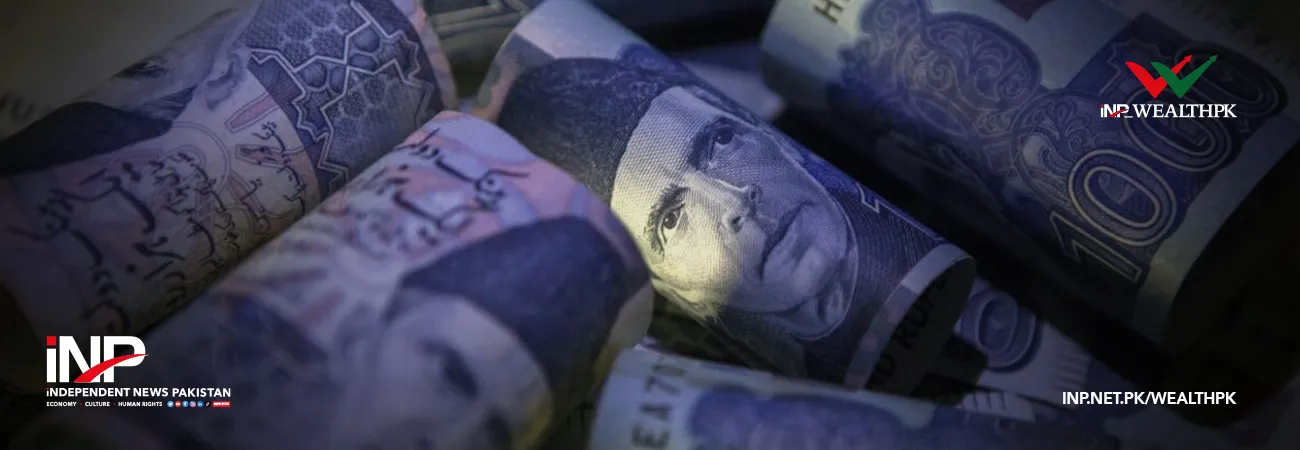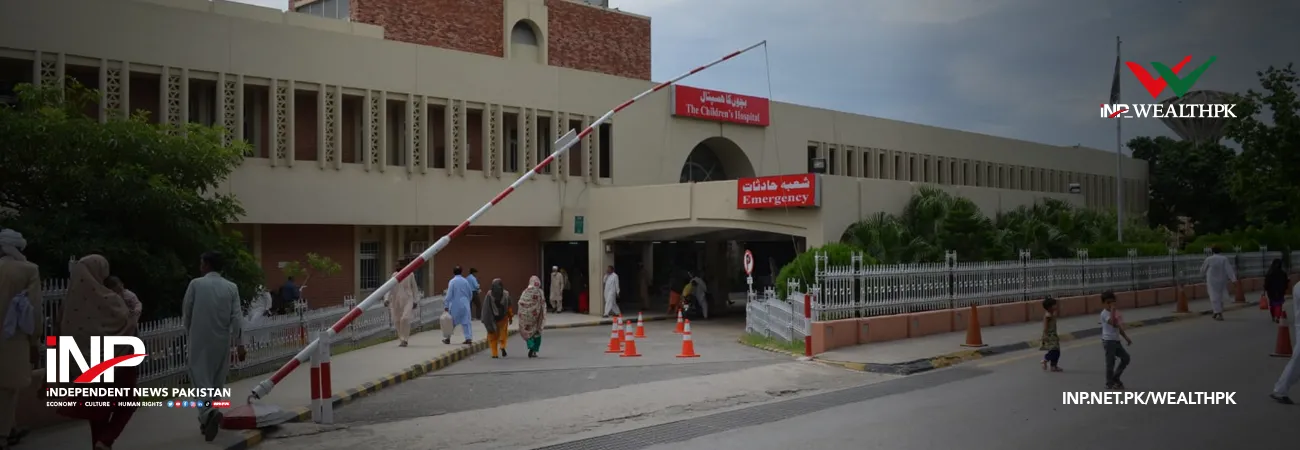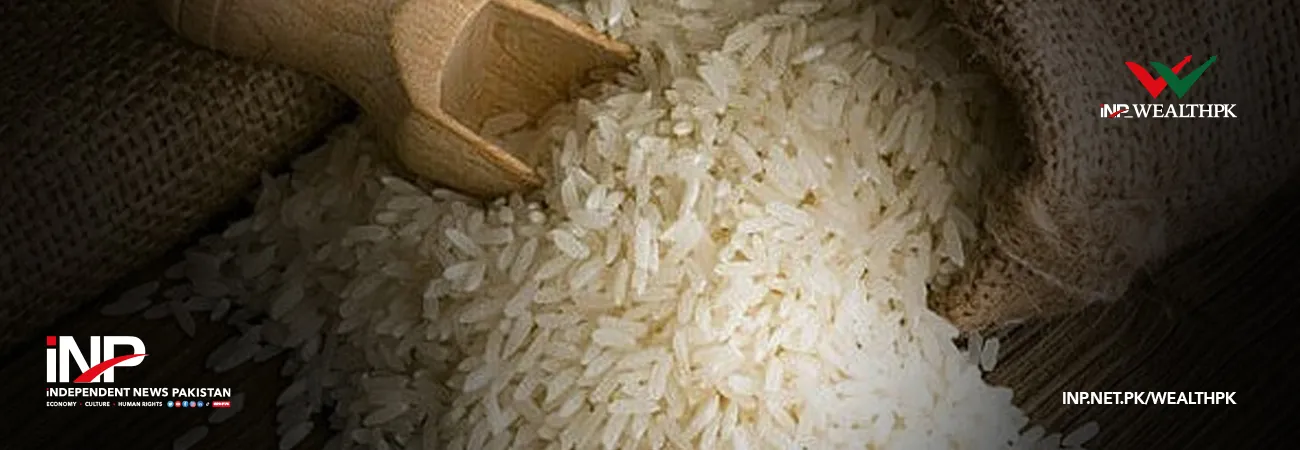INP-WealthPk
By Hifsa Raja ISLAMABAD, Mar. 16 (INP-WealthPK): Research and Development (R&D) expenditures around the world have risen to a record high of $1.7 trillion. Ten countries make over 80 percent of the total R&D expenditure. Pakistan spends just 0.3 percent of its GDP (gross domestic product) on R&D, while India spends 0.7 percent, China 2 percent, and the United States spends 2.7 percent. The country contributing the highest to R&D is South Korea, with a contribution of 4.1 percent of its GDP. Denmark has 1,710 researchers per million people, compared to only 158 researchers per million people in Pakistan. Different research institutes in Pakistan work in various fields, such as Abdul Qadir Khan Research Laboratories, Drainage Research Institute of Pakistan (DRIP), Energy Conservation Cell (ENERCON), Forestry Institute, Geological Survey of Pakistan, Ghulam Ishaq Khan Institute of Engineering Sciences and Technology, Irrigation, Drainage, and Flood Control Research Council, National Centre for Technology Transfer (NCTT), National Institute of Health (NIH), Nuclear Institute of Agricultural Biology (NIAB), Pakistan Agricultural Research Council (PARC), Pakistan Arts Council, Pakistan Atomic Energy Commission (PAEC), Pakistan Council of Industrial and Scientific Research (PCSIR), Pakistan Science Foundation (PSF), Silicon Institute of Technology, and Space and Upper Atmosphere Research Council (SUPPARCO). The Higher Education Commission (HEC) of Pakistan provides funding for research and development. These funding include competitive research grants, research support grants, mobility grants and research for innovation grants. The HEC collaborates with France, Turkey, and the United States on mobility grants. Dr. Sumaira Arshad, who completed PhD from Pakistan and currently serves as a top researcher in Instituto Superior de Administração e Línguas (ISAL) in Portugal, said while talking to WealthPK that there are not enough grants available for researchers, and as a result, many researchers are unable to complete their research projects. The second challenge, which she identified, is that there aren't enough R&D positions available, where the exclusive focus is on research. “There is a significant disparity between the budgets of institutes and universities that contribute to research and development,” she pointed out. Dr. Sumaira said research-based funds are not made available for particular research initiatives. “Despite the fact that some grants and finances are provided, they are insufficient to carry out new research. So, researchers are forced to rely on findings that have already been published and are of little benefit to them,” she said. Another issue she pointed out was the lack of commercialization of R&D project research outputs. She said Pakistan must adopt the rapidly evolving technology, which is currently lacking at the moment along with the technical staff. Dr. Sumaira also offered suggestions on how to make the research atmosphere better. She opined that adequate funding for R&D should be secured. “It is imperative that the scientists working on the R&D projects are given encouragement. Researchers should be able to carry out their job without having to relocate to another country. Research-oriented courses should be offered in academic institutions,” she said. Dr. Sumaira said R&D classes must be added to the curriculum which will enable the students to be well-versed in the fundamentals of conducting research. She said the students' ability to conduct research should be honed.













